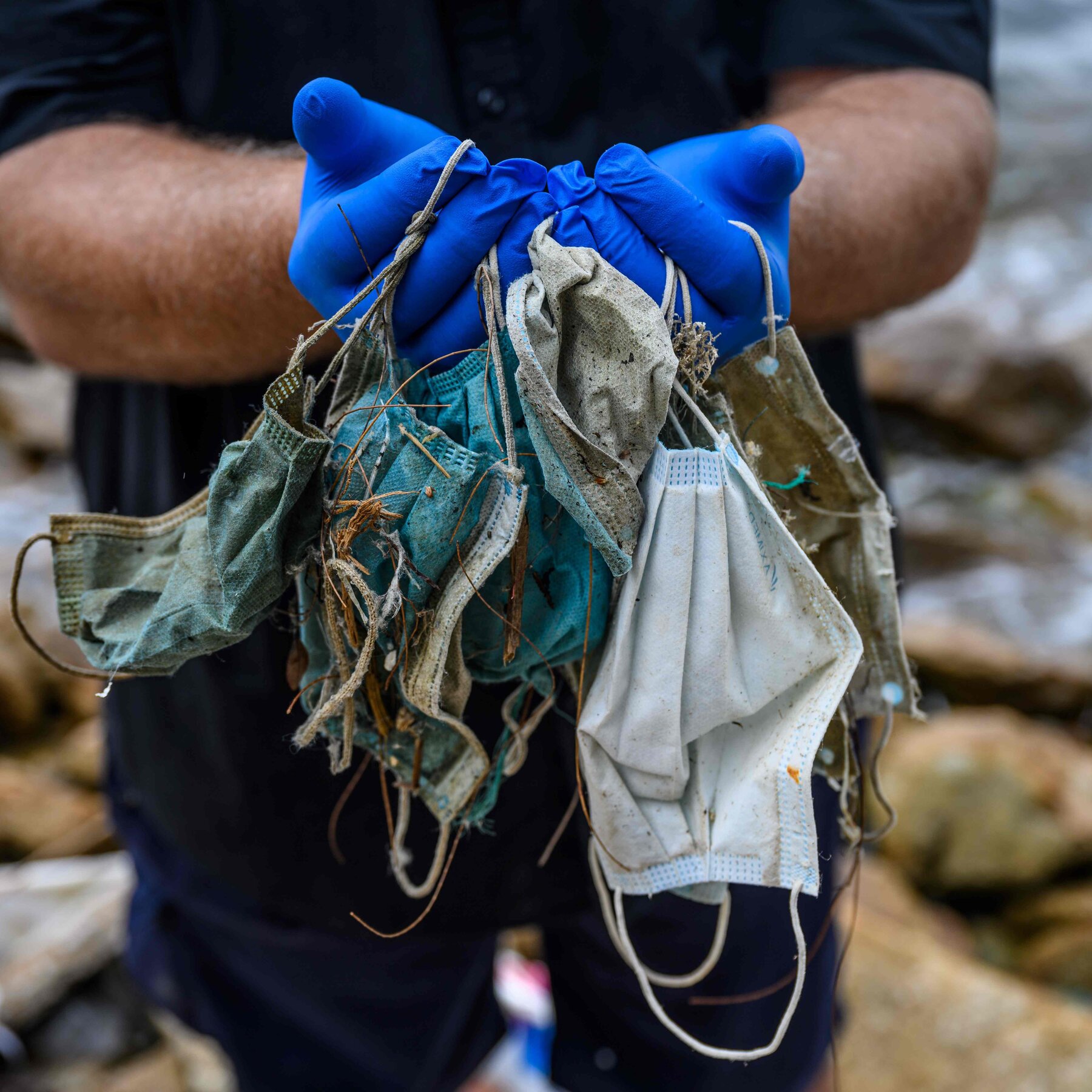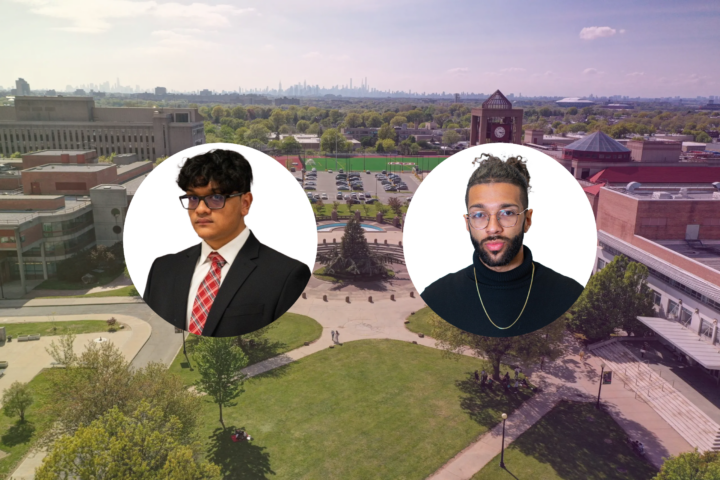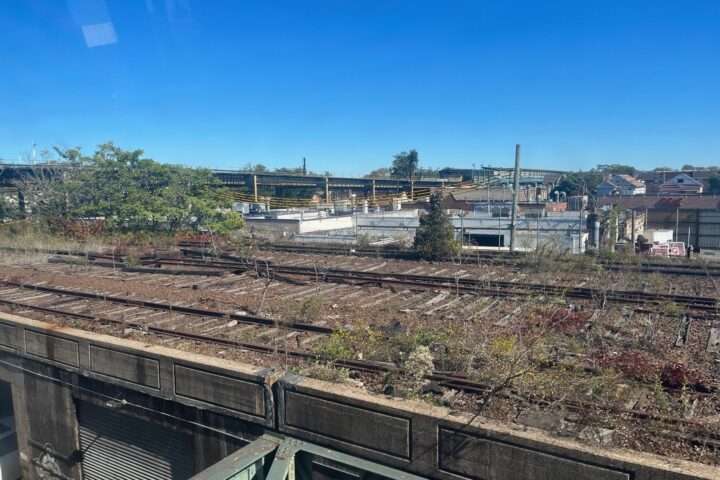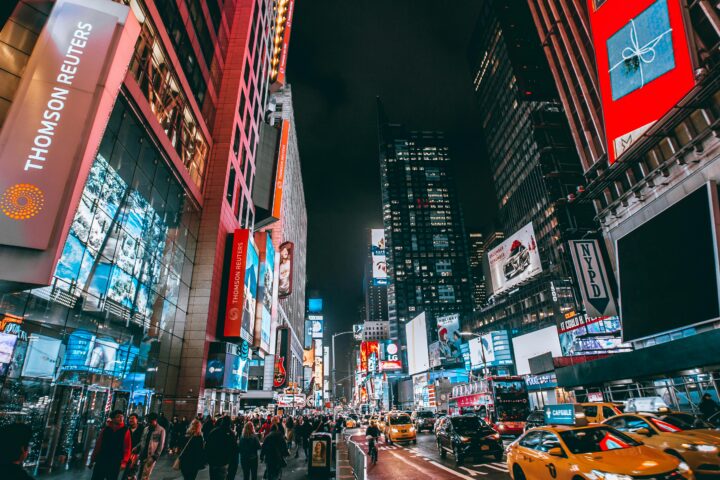On May 29, Governor Andrew Cuomo announced that New York City will be entering Phase One of reopening on June 8 amidst the ongoing coronavirus pandemic.
New York residents who have remained quarantined since Governor Andrew Cuomo officially enacted the “New York State on PAUSE” executive order on March 22, may feel as if this order went into action ages ago. With this order came a set of rules that regulated social interaction amongst New Yorkers. Large social gatherings became prohibited and social distancing of at least six feet from others became enforced. Alongside these rules restricting individuals, Cuomo also forced the temporary closing of certain “non-essential” businesses. These businesses included, but were not limited to, theaters, gyms, salons, sporting venues, and shopping malls. Businesses that were deemed essential include supermarkets, pharmacies, banks, gas stations, and healthcare provider locations.
Ever since the state-wide shutdown began, the NYS government has been keeping track of various metrics by region. There are seven metrics in total, all of which are updated daily, and are representative of some value or threshold that must be met in order to move towards reopening. When a region meets a metric’s requirement, it is said to have satisfied that metric. These values indicate that the NYS government is monitoring the decline in total hospitalizations and deaths, number of new hospitalizations, hospital and ICU bed capacity, testing capacity, and contact tracing capacity per region. Contact tracing is the act of contacting people who are newly infected with COVID-19 and requesting the names of the people that they have been in contact with prior to their diagnosis. Using this method, the tracers will then be able to contact the potentially-infected individuals and encourage that they get tested.
Of the ten regions within New York State, nine of them have met all seven metrics, the only exception being New York City. As of May 20, seven of those nine regions had already begun the first phase of reopening while Mid-Hudson and Long Island began the first phase the following week. New York City, however, still struggling to meet two of its metrics, remained closed. The first metric NYC continuously fails to meet is the percentage of total hospital beds available. The minimum is 30%, and NYC tends to linger around 28-29%. The second metric NYC still hasn’t met is its contact tracer member base. There must be 30 tracers per every 100K residents. However, NYS has reported that NYC is expected to fulfill this metric soon.
Despite the fact these two metrics are yet to be met within New York City, Governor Cuomo still made the decision to announce Phase One of NYC’s reopening, set to occur on June 8. Phase One refers to the reopening of some, but not all, “non-essential” businesses including construction, agriculture, retail, manufacturing, and wholesale trade. Retail stores will also be reopening and offering curbside or instore pickup options. Due to Phase One reopening, it is suspected that anywhere from 200,000-400,000 people will be going back to work as businesses begin to reopen.
With this push towards reopening also comes several doubts and worries, especially amongst small businesses. For small businesses that have been closed all this time, it may be difficult to gain momentum and flourish as they have in the past. As a response to these concerns, New York State’s Department of Buildings, Department of Consumer and Worker Protection, and Small Business Services will be reaching out to small businesses, even providing face-to-face assistance. Mayor de Blasio said the city will also be launching a business restart hotline. Another concern with the reopening is mass transit safety. However, Cuomo ensured that the MTA will be cleaning their subways and buses extensively and MTA staff will be limiting how many people can board the subway cars at once.
It would be no surprise if NYC were to see a spike in coronavirus cases after this initial reopening. However, the state government is continuing to monitor the metrics of each region throughout each phase, and whether or not NYC is ready to advance to Phase Two will be determined two weeks after the initiation of Phase One. No matter the circumstances Phase One commences, Cuomo made it clear that we will be entering a new state of being. “Remember that reopening does not mean that we’re going back to the way things were…We go forward. And it’s going to be different. This is about reopening to a new normal – a safer normal.”














